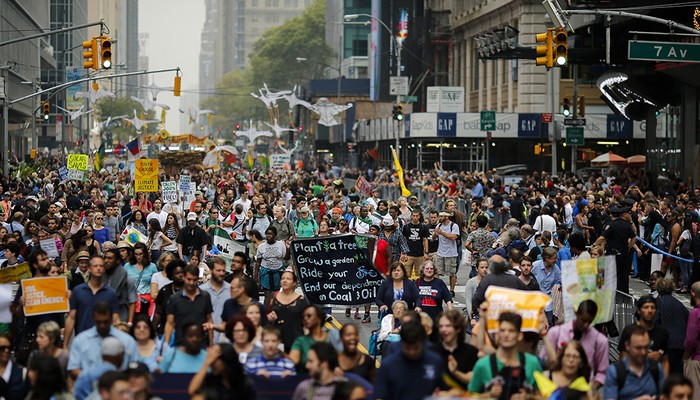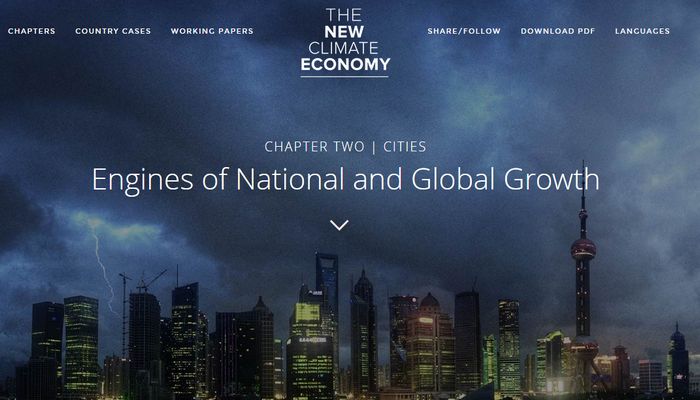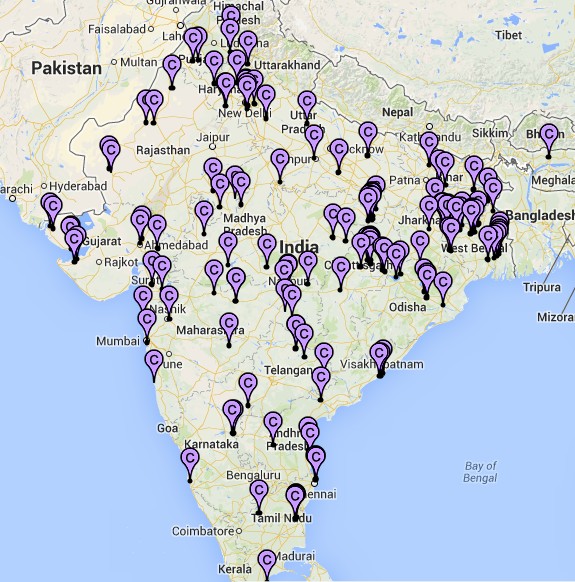
In the just released synthesis report of the Fifth Assessment by the Intergovernmental Panel on Climate Change (IPCC), there is one short section that must be read and understood quickly by India, our neighbours in South Asia and by the so-called ‘developing’ and ‘less developed’ countries.
This is a section – ‘3.1 Foundations of decision-making about climate change’ – in the ‘Approved Summary for Policymakers’ of the IPCC Fifth Assessment Synthesis Report.
The section has explained: “Climate change has the characteristics of a collective action problem at the global scale, because most greenhouse gases accumulate over time and mix globally, and emissions by any agent (individual, community, company, country) affect other agents.”
 The section goes on to warn: “Effective mitigation will not be achieved if individual agents advance their own interests independently. Cooperative responses, including international cooperation, are therefore required to effectively mitigate GHG emissions and address other climate change issues.”
The section goes on to warn: “Effective mitigation will not be achieved if individual agents advance their own interests independently. Cooperative responses, including international cooperation, are therefore required to effectively mitigate GHG emissions and address other climate change issues.”
These two groups of statements are extremely important for India and our neighbours in Asia. There has been far too much attention and action given to the negotiations about the shape and terms of agreements on climate change (the Kyoto Protocol and its successor) and far too little on what administrative regions must do regardless. Note that this section places “international cooperation” as a sub-set of cooperative responses, not as the starting point.
This view is restated in the same section: “The effectiveness of adaptation can be enhanced through complementary actions across levels, including international cooperation. The evidence suggests that outcomes seen as equitable can lead to more effective cooperation.” [See the headline statements of the summary for policymakers here or click on the image above for a pdf.]
Thus the message to policy-makers is clear – what counts is what you do at home, in states and districts. The expectation that “international cooperation” should guide effective adaptation at all levels is no longer (and in our view has never been) tenable. [The longer synthesis report is available here.]
The Synthesis Report distils and integrates the findings from the AR5, which is comprised of three working group reports on the ‘Physical Science Basis’ (WG1); ‘Impacts, Adaptation and Vulnerability’ (WG II); and ‘Mitigation of Climate Change’ (WG III). The summary for policymakers of the synthesis report was negotiated line by line among governments and the authors, while the synthesis report itself was adopted page by page.

 The challenges posed by climate change in the region needs to have response strategies suitable to the region climatic and socio-economic contexts. The present compilation of case studies puts forward responses emanating from ground level on mitigation and adaptation requirement to climate change.
The challenges posed by climate change in the region needs to have response strategies suitable to the region climatic and socio-economic contexts. The present compilation of case studies puts forward responses emanating from ground level on mitigation and adaptation requirement to climate change.








 We must question the profligacy that the Goyal team is advancing in the name of round the clock, reliable and affordable electricity to all. To do so is akin to electoral promises that are populist in nature – and which appeal to the desire in rural and urban residents alike for better living conditions – and which are entirely blind to the environmental, health, financial and behavioural aspects attached to going ahead with such actions. In less than a fortnight, prime minister Narendra Modi (accompanied by a few others)
We must question the profligacy that the Goyal team is advancing in the name of round the clock, reliable and affordable electricity to all. To do so is akin to electoral promises that are populist in nature – and which appeal to the desire in rural and urban residents alike for better living conditions – and which are entirely blind to the environmental, health, financial and behavioural aspects attached to going ahead with such actions. In less than a fortnight, prime minister Narendra Modi (accompanied by a few others) 






